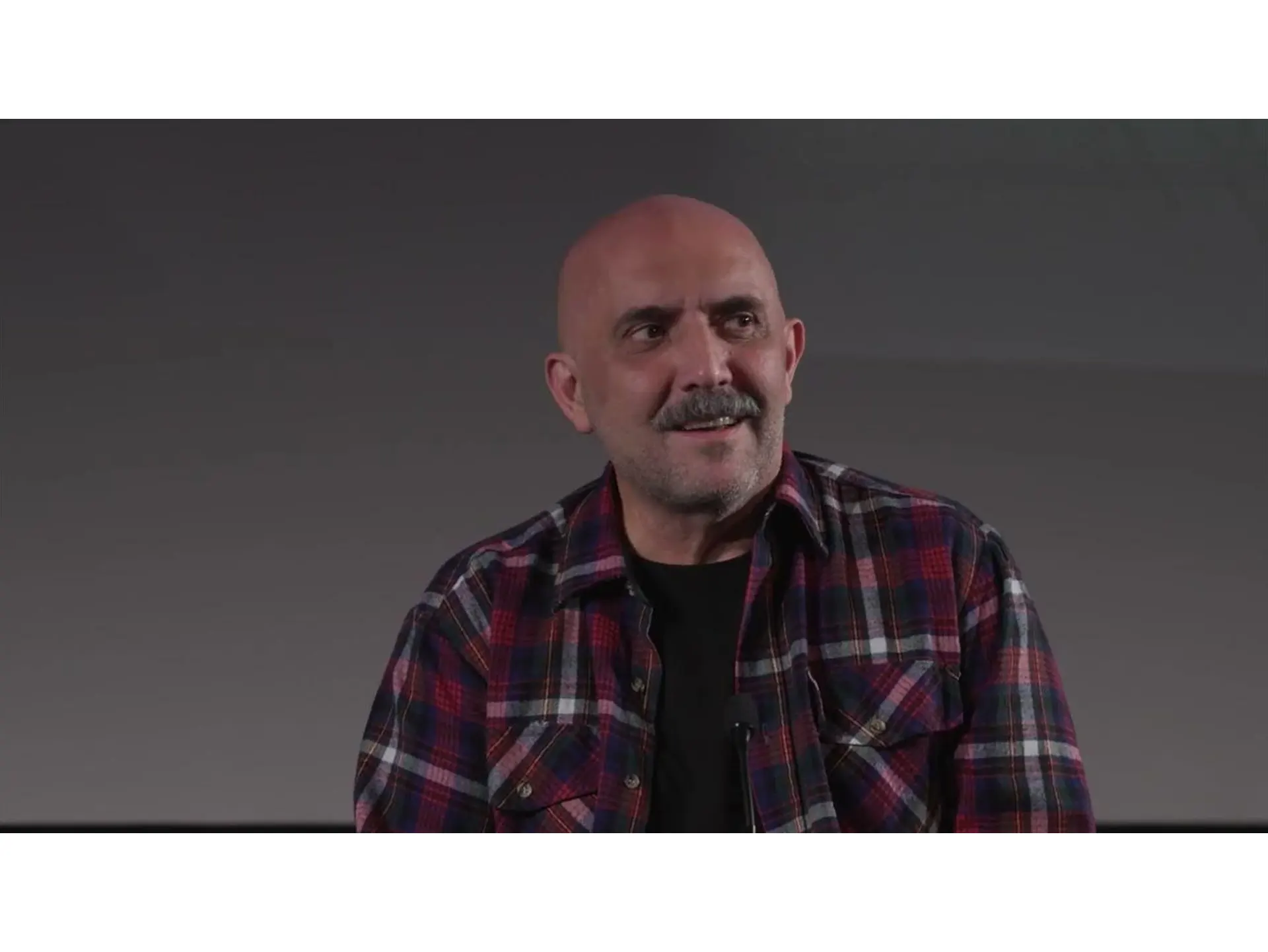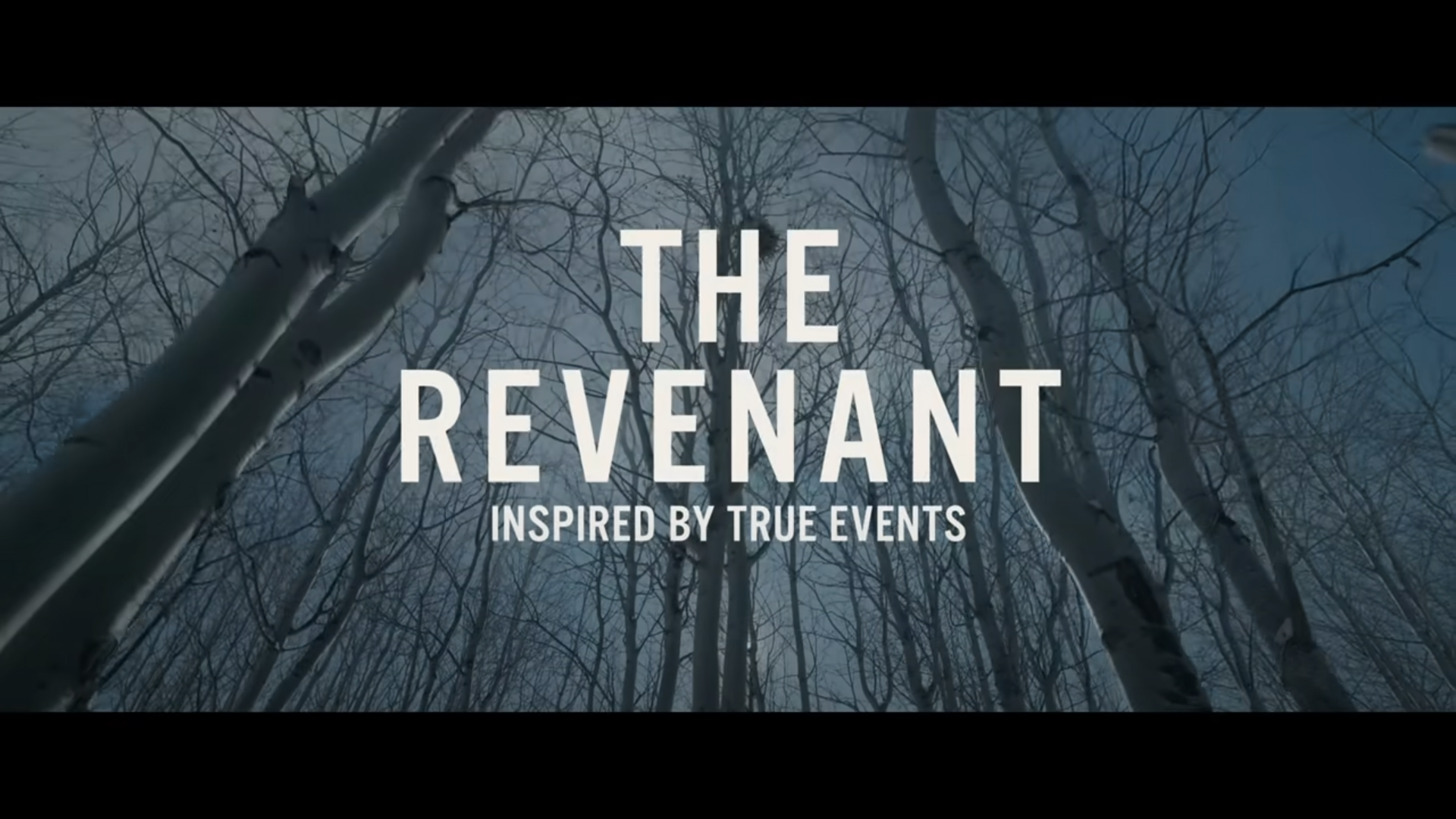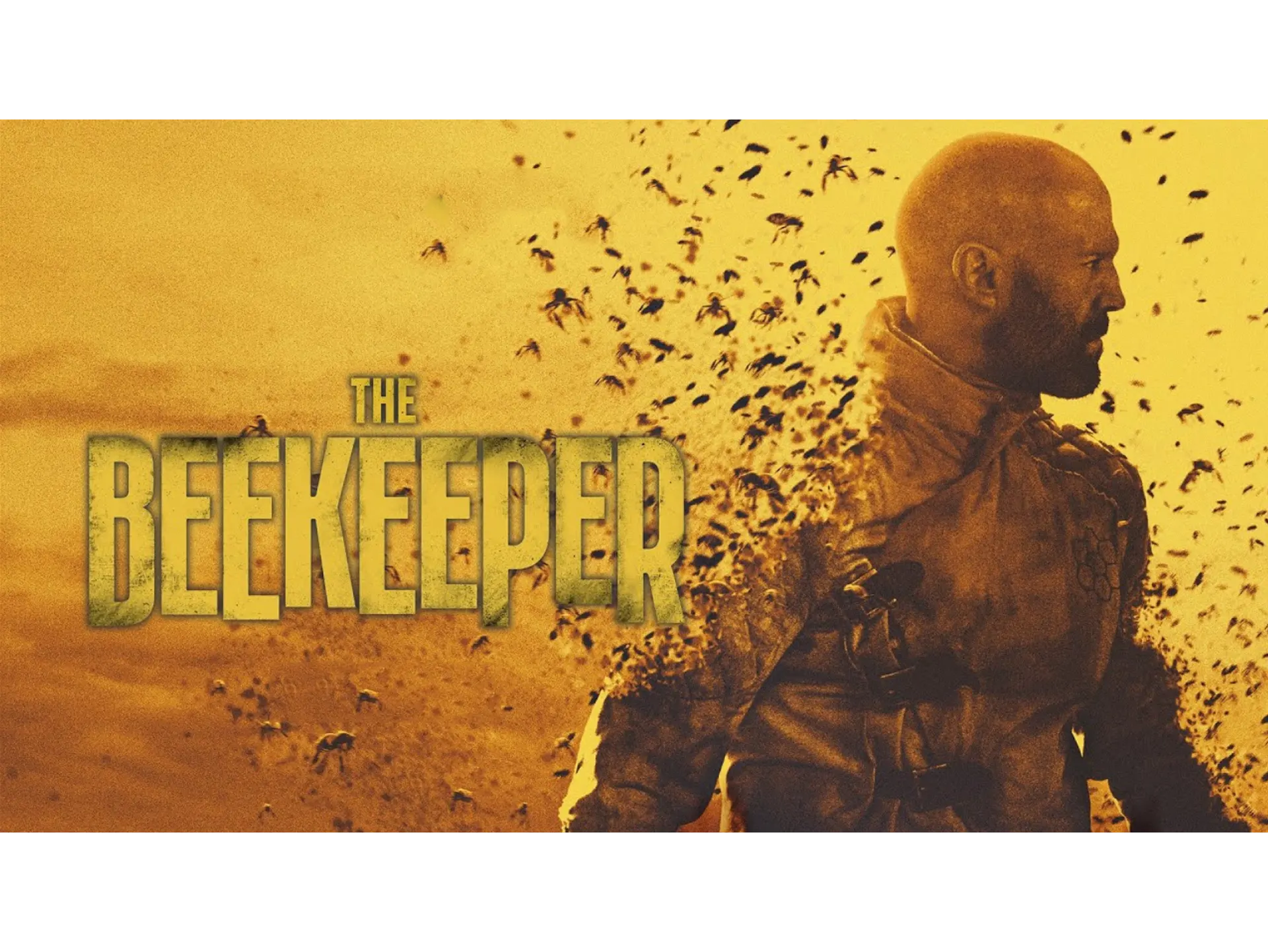Gaspar Noé is a filmmaker known for his audacious storytelling and unconventional approach to cinema. His films often explore the darker and more complex aspects of human relationships, with a particular emphasis on love and sexuality. Noé’s love scenes have sparked discussions for their rawness, intensity, and emotional depth. Let’s delve into what makes Gaspar Noé’s love scenes so provocative and unforgettable.
The Bold Visual Aesthetic
One of the first aspects that strike audiences in Gaspar Noé’s films is his bold visual aesthetic. Noé often employs a combination of meticulously planned shots and spontaneous, handheld camera work. This unique style immerses the viewer into the intimacy of the moment, making them feel almost voyeuristic. His use of vibrant colors and striking contrasts enhances the mood and elevates the emotional stakes.
In films like “Love,” Noé uses 3D technology to create a more immersive experience, allowing audiences to feel the physicality of the love scenes. The layering of visuals with intense intimacy develops a palpable tension that can be both thrilling and unnerving. This visual style not only portrays the physical act of love but also the emotional journey intertwined with it.
The Unfiltered Exploration of Love
Gaspar Noé does not shy away from depicting love in its rawest, most unfiltered form. His films often present love as a multifaceted experience, encompassing passion, desire, heartbreak, and vulnerability. In “Love,” the protagonists, Murphy and Electra, navigate the complexities of their relationship, exposing not just the euphoria of love but also the pain that often accompanies it.
By portraying love with unabashed honesty, Noé challenges societal norms surrounding romantic relationships. He shines a light on the self-destructive tendencies that can arise from obsessive love and the struggles of human connection. This exploration compels viewers to confront their own understanding of love, making the love scenes not just erotic but intellectually stimulating.
The Soundtrack: Setting the Mood
Music plays a critical role in how love scenes are perceived in Noé’s films. He has an adept ability to curate soundtracks that enhance the emotions displayed on screen. In “Love,” the selection of tracks heightens the romantic atmosphere, interweaving the sound of love-making with ambient sounds that reinforce the ambience of intimacy.
By combining classical music with modern electronic beats, Noé captures the essence of fleeting moments. The audio landscape serves to amplify the sensuality of the scenes, drawing viewers deeper into the emotional fabric of the characters. The sound, often frenetic and chaotic, mirrors the tumultuous nature of love, leaving audiences in a state of both arousal and introspection.
Subtle Use of Symbolism
Symbolism is another tool that Noé uses expertly in his exploration of love. His love scenes are often laden with meaning beyond mere physical attraction. For instance, in “Love,” the presence of recurring motifs—like mirrors and reflections—serves to illustrate the theme of duality within relationships. The physical act of love reflects the characters’ emotional states, often revealing their deepest insecurities and desires.
This symbolic layer adds complexity to the scenes, prompting viewers to look beyond the surface and engage with the underlying themes of connection, struggle, and anguish. By inviting audiences to interpret these symbols, Noé challenges them to engage with the content on a deeper level, turning simple love scenes into powerful narratives of human experience.
Courage in Vulnerability
Gaspar Noé’s love scenes often highlight the courage it takes to be vulnerable with another person. His characters lay bare their emotions, fears, and desires, creating a stark contrast between the physical and emotional aspects of love. This vulnerability is showcased not only in the acts of sex but also in the characters’ candid conversations and moments of intimacy.
In films like “Enter the Void,” the intertwining of drugs, love, and existential themes creates a world that emphasizes the fragility of human connections. The characters grapple with their insecurities, exposing their raw selves, which can be both alluring and heartbreaking. The emotional stakes are raised, inviting the audience to connect with the characters’ journeys and their struggles to find love amidst chaos.
The Impact of Sexuality
Sexuality is a prominent theme in Noé’s films, often central to the narrative. His unfiltered portrayal of sexuality is provocative because it engages viewers in a conversation about modern relationships. In “Love,” for instance, sexual encounters are not solely for titillation; they serve as a means for characters to seek validation, connection, or escape from their realities.
By depicting sexuality truthfully, Noé challenges the boundaries of what is considered acceptable in mainstream cinema. His bold representation forces viewers to confront their own perceptions of sex and intimacy, provoking mixed feelings from excitement to discomfort. This rawness has led to varied reactions from critics and audiences alike, cementing Noé’s reputation as a boundary-pushing filmmaker.
Controversy and Censorship
Gaspar Noé’s love scenes often incite controversy, raising questions about censorship in cinema. Some critics argue that his explicit content detracts from the film’s emotional core, while others believe it is an integral part of the narrative. The reactions to his films can be extreme—while some viewers commend him for his bravery, others recoil in shock at his uncompromising approach.
Moreover, the explicit love scenes have led to discussions about the representation of sexuality in film, including issues of consent and the portrayal of women. Noé’s work often invites audiences to grapple with these uncomfortable themes, encouraging a dialogue about the norms that govern how love and sex are represented on-screen.
Conclusion
Gaspar Noé’s love scenes are provocative for a multitude of reasons, ranging from his bold visual style and unfiltered exploration of love to the courageous vulnerability displayed by his characters. His unique combination of sound and symbolism adds layers of meaning to these moments, prompting viewers to reflect on their own experiences with love and intimacy. While his works may elicit controversy, they undeniably challenge societal norms and provoke thought, solidifying Noé’s place as a revolutionary filmmaker.
In the end, what elevates Noé’s love scenes beyond mere explicitness is their emotional resonance and raw honesty. The intensity of the connections portrayed reminds us that love, in all its forms, is a complex tapestry woven from human experience, making Gaspar Noé a fascinating figure in contemporary cinema.
FAQs
1. What themes are commonly explored in Gaspar Noé’s films?
Gaspar Noé often explores themes such as love, addiction, existentialism, and the human psyche. He delves into the darker aspects of humanity, challenging viewers to confront uncomfortable truths about relationships and life itself.
2. How does Gaspar Noé’s style differ from other filmmakers?
Noé’s filmmaking style is characterized by its bold visual aesthetics, unconventional narrative structures, and immersive soundscapes. Unlike many mainstream filmmakers, he embraces a raw and provocative approach that often elicits strong reactions from audiences.
3. Are Gaspar Noé’s love scenes integral to his films?
Yes, the love scenes in Noé’s films serve not only to depict physical intimacy but also to explore complex emotional and psychological themes, making them vital to the narrative.
4. Why do some viewers find Noé’s films controversial?
Noé’s films can be controversial due to their explicit content and unfiltered exploration of sex and relationships. His challenging depictions often provoke discomfort and debate around societal norms regarding intimacy.
5. What impact has Gaspar Noé had on modern cinema?
Gaspar Noé has had a significant impact on modern cinema by pushing boundaries and redefining standards for explicit content. His exploration of complex themes and innovative storytelling has inspired a new generation of filmmakers to approach narratives with greater authenticity and courage.



